The gaming world just witnessed something remarkable when Disney and Epic Games launched Disneyland Game Rush on November 6, 2025. This limited-time Creative Island within Fortnite is the first tangible preview of a massive $1.5 billion partnership that could reshape digital entertainment. Most crossovers toss in a logo and a few skins. This one feels like a proof of concept for what industry insiders are calling the most ambitious metaverse project in entertainment history, with the full Disney-Epic universe expected to launch around 2026.
What makes Disneyland Game Rush more than just another crossover?
It comes down to how it is built and how it plays. Disneyland Game Rush functions as a miniature version of Disneyland itself within Fortnite's ecosystem, with themed minigames that actually capture the park vibe from Star Wars, Spider-Man, Guardians of the Galaxy, and Haunted Mansion elements.
The experience shows sharp user experience instincts. One moment you are battling stormtroopers, the next you are climbing an icy recreation of Matterhorn Mountain, all through randomly queued activities that keep you moving and avoid rinse-and-repeat loops. The Haunted Mansion game leans into exploration with coin hunting and secret areas. The Spider-Man-themed shooting gallery turns simple target practice into a little story with robot spider enemies.
What sets this apart from typical brand partnerships, like earlier Marvel tie-ins that simply added character skins, is Disney's focus on environmental authenticity. The island operates as a largely self-contained space with minimal violence beyond Star Wars blasters, and cosmetic rewards that stay inside the Disney experience. The result is an in-game economy that mirrors a park visit through earned currency and themed rewards, essentially beta-testing the economic models for the larger 2026 initiative.
How does this preview the future of digital entertainment?
Epic Games executives are blunt about the goal. "Disney wants a persistent place where all things Disney can be there, but they want to be part of an ecosystem we've built", aiming for seamless interoperability between Fortnite experiences, Disney content, and any experience really.
That approach tackles a long-standing problem, scattered users across walled-off platforms. Instead of starting from zero, Disney is tapping Fortnite's existing infrastructure of over 400 million registered users to build what they describe as an "entirely new entertainment universe" for building, exploring, streaming shows, shopping, and socializing.
You can already see the outline in practical terms. Industry observers recognize this as Disney's strategic response to metaverse concepts, integrating their franchise portfolio into Fortnite's social gaming infrastructure. Rather than competing with existing platforms, they are sketching a template for collaboration in a more connected entertainment landscape.
This interoperability model could shape how other major entertainment companies, Netflix, Warner Bros., Universal, approach digital transformation and set a new standard for cross-platform entertainment experiences.
Why the real-world connection could change everything
The boldest idea here bridges park turnstiles and living room screens. Disney Imagineer Asa Kalama outlined ways park visits could affect gameplay at home. Smugglers Run becomes the example, your performance on the actual ride might influence digital rewards or progression.
This goes past simple gamification into shared data between physical and virtual systems. Imagine attraction performance affecting unlocks or shaping a personalized storyline that continues at home, a loop that keeps people engaged. Reports suggest this connection could enable digital-physical tie-ins that make park visits more valuable long after guests head home.
The tech stack is already friendly to that idea. Epic's Unreal Engine powers more than 15 Disney Parks attractions including Millennium Falcon: Smugglers Run. Shared foundations make moving data between a physical attraction and a digital space less of a moonshot and more of a straightforward integration, from performance metrics to progression.
If this holds, Disney Parks could become the first major theme park system with truly persistent entertainment that stretches beyond the visit itself, a meaningful edge in a crowded market.
Where does this lead the entertainment industry?
Disneyland Game Rush may look modest, yet it works as a proof-of-concept for interoperability at scale. The collaboration shows how Disney's IP vault can live inside Fortnite's social gaming framework while keeping brand integrity across generations.
The numbers make people pay attention. Over 400 million registered Fortnite users combined with Disney's 1.5 billion mobile game installs give the partnership the reach to set new norms for digital transformation and cross-platform distribution.
Looking ahead, the work points to a persistent, cross-media entertainment universe targeting launch around 2026. If it lands, Epic and Disney could lead the next wave of interactive entertainment, where gaming, streaming, social, and physical experiences feel stitched together.
Competitors are watching. Netflix, Warner Bros., Universal, and others will be tracking early signals from Disneyland Game Rush, things like engagement time, retention, and revenue per user. Those numbers will shape budgets and partnership strategies for years. Which makes this Disney-Epic experiment more than a fun detour inside Fortnite, it is a working blueprint for how we might consume and interact with entertainment across every screen and space.







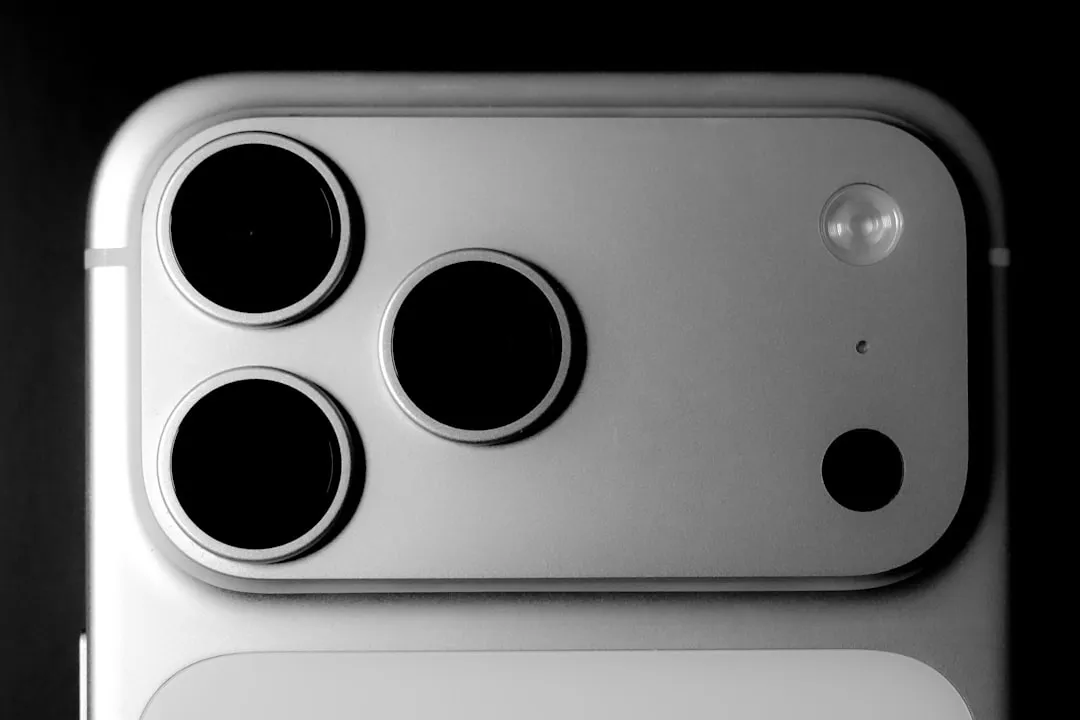



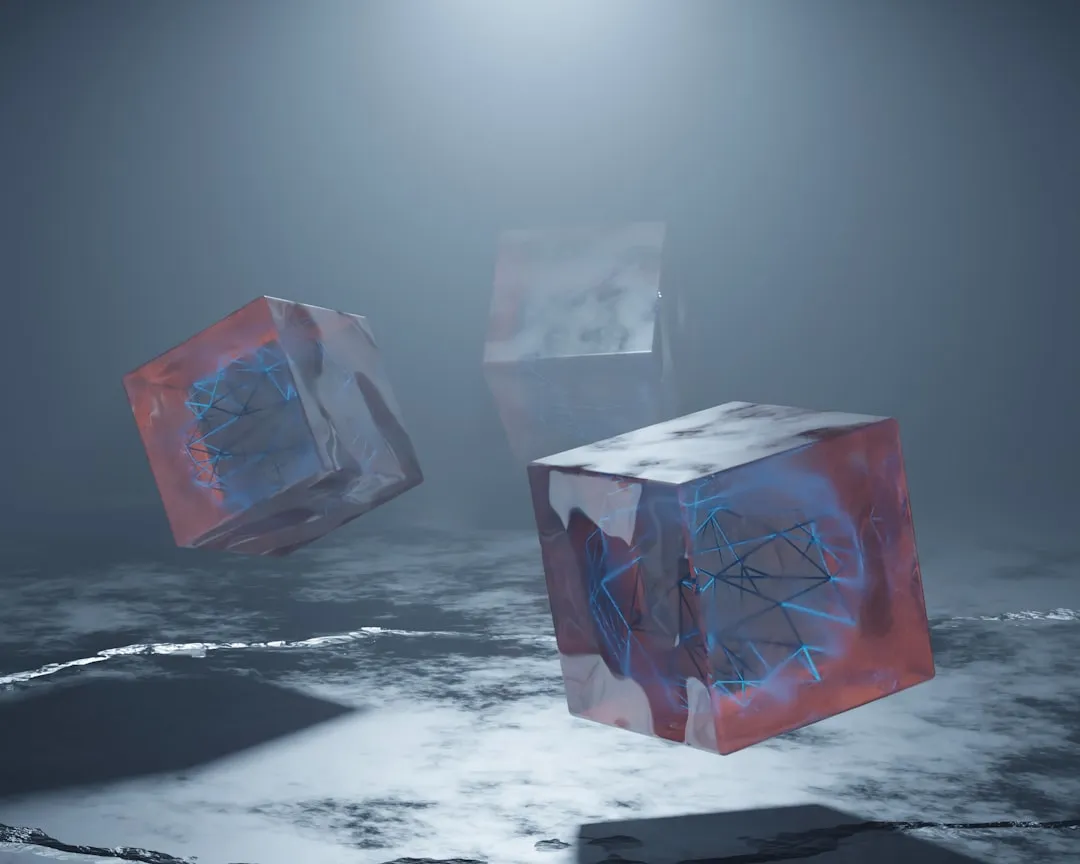




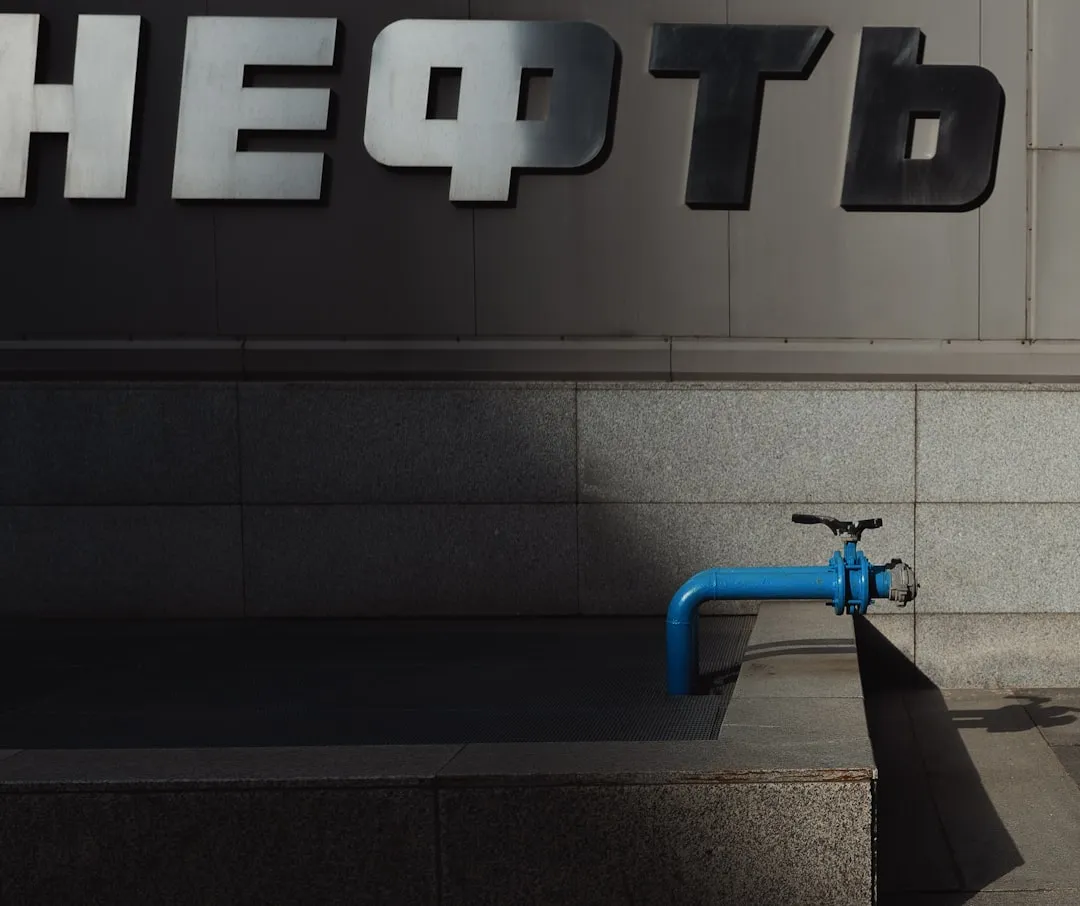
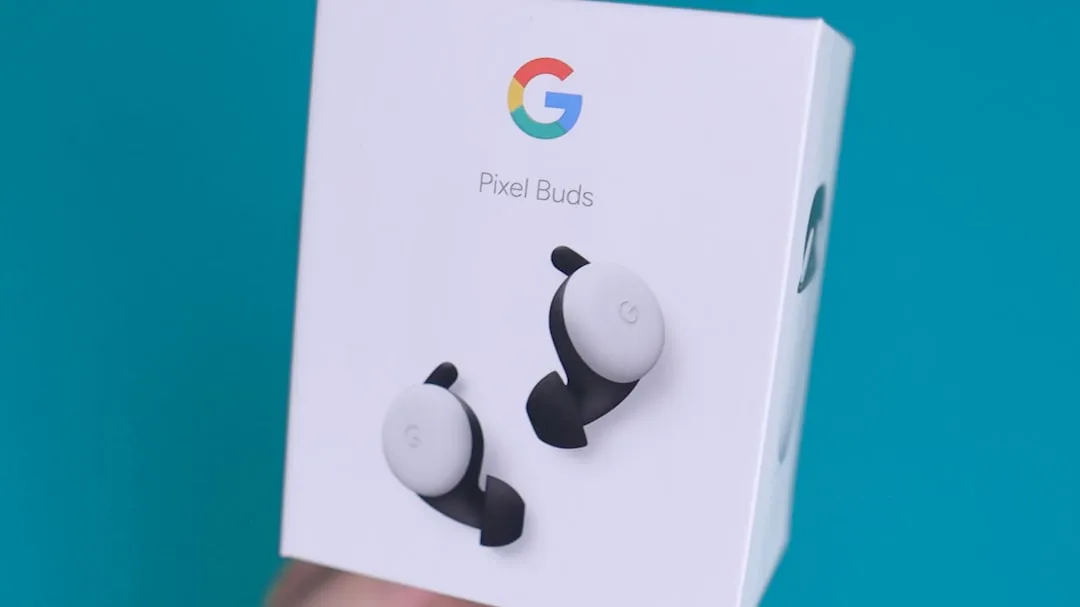
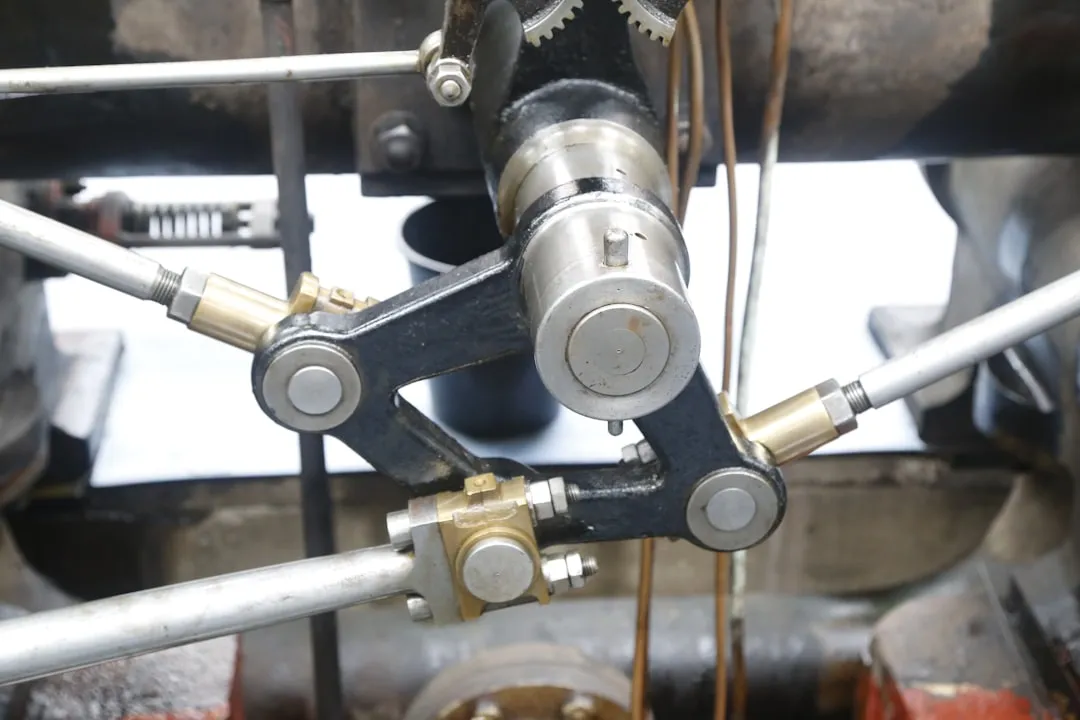

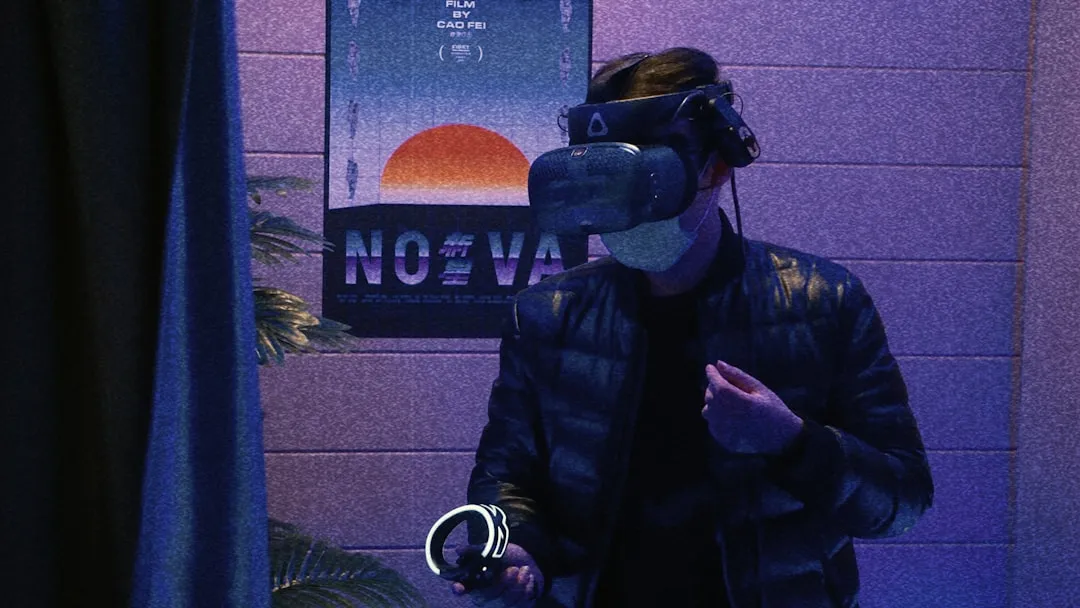
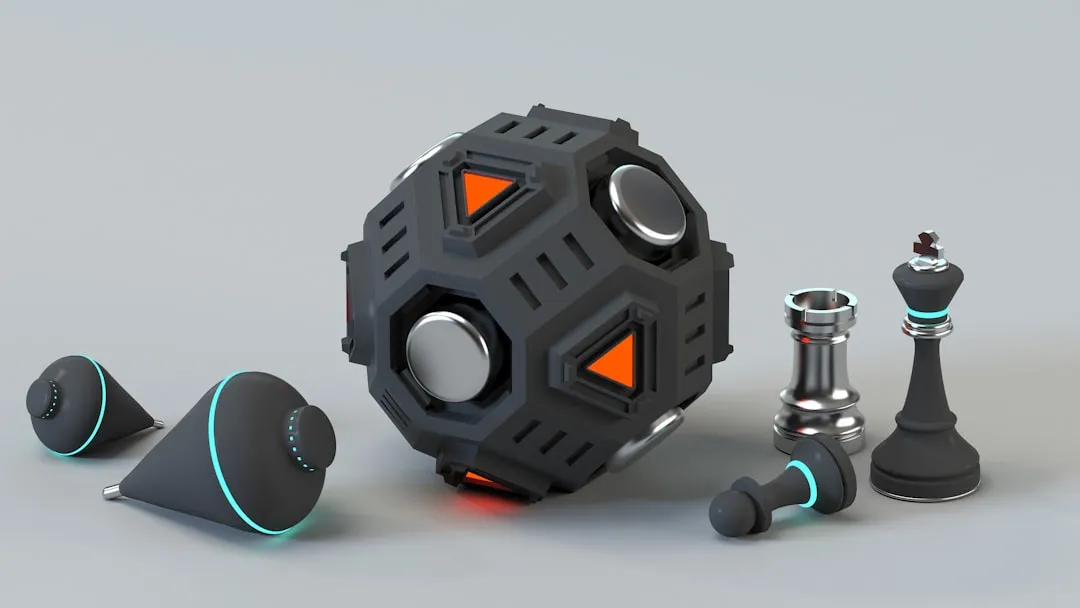
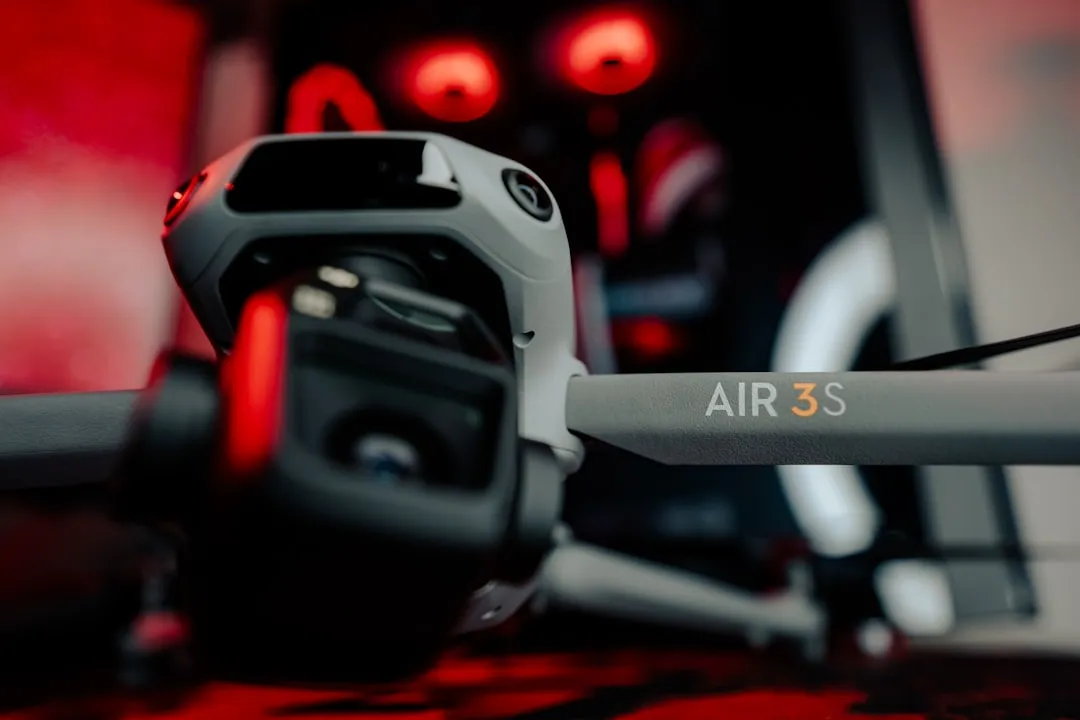
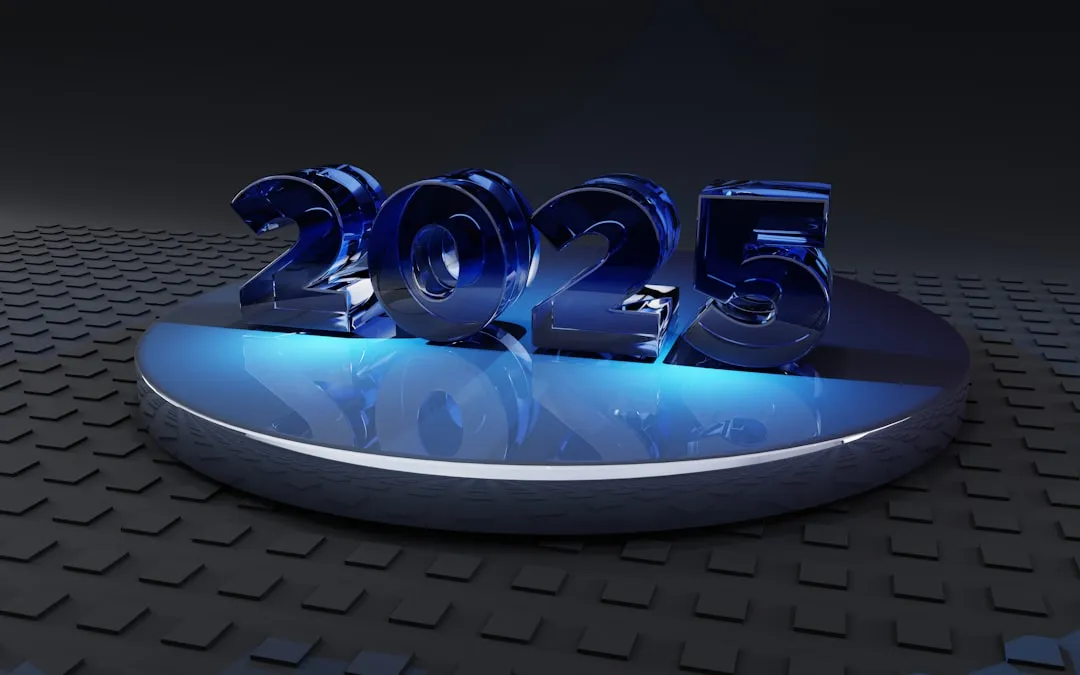
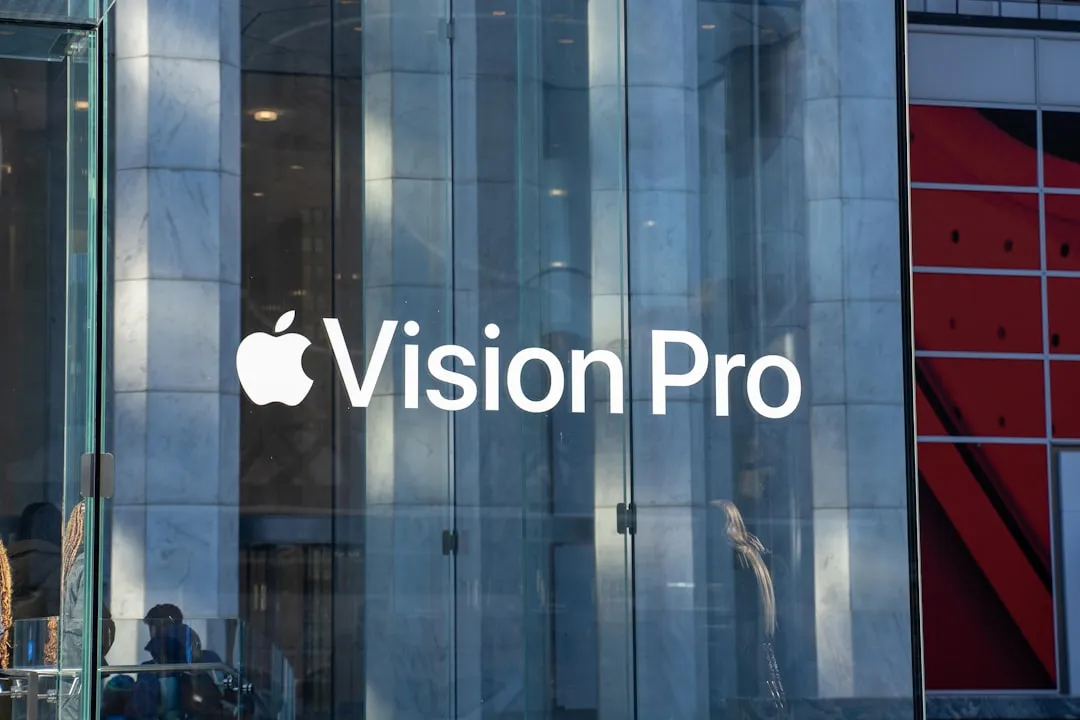

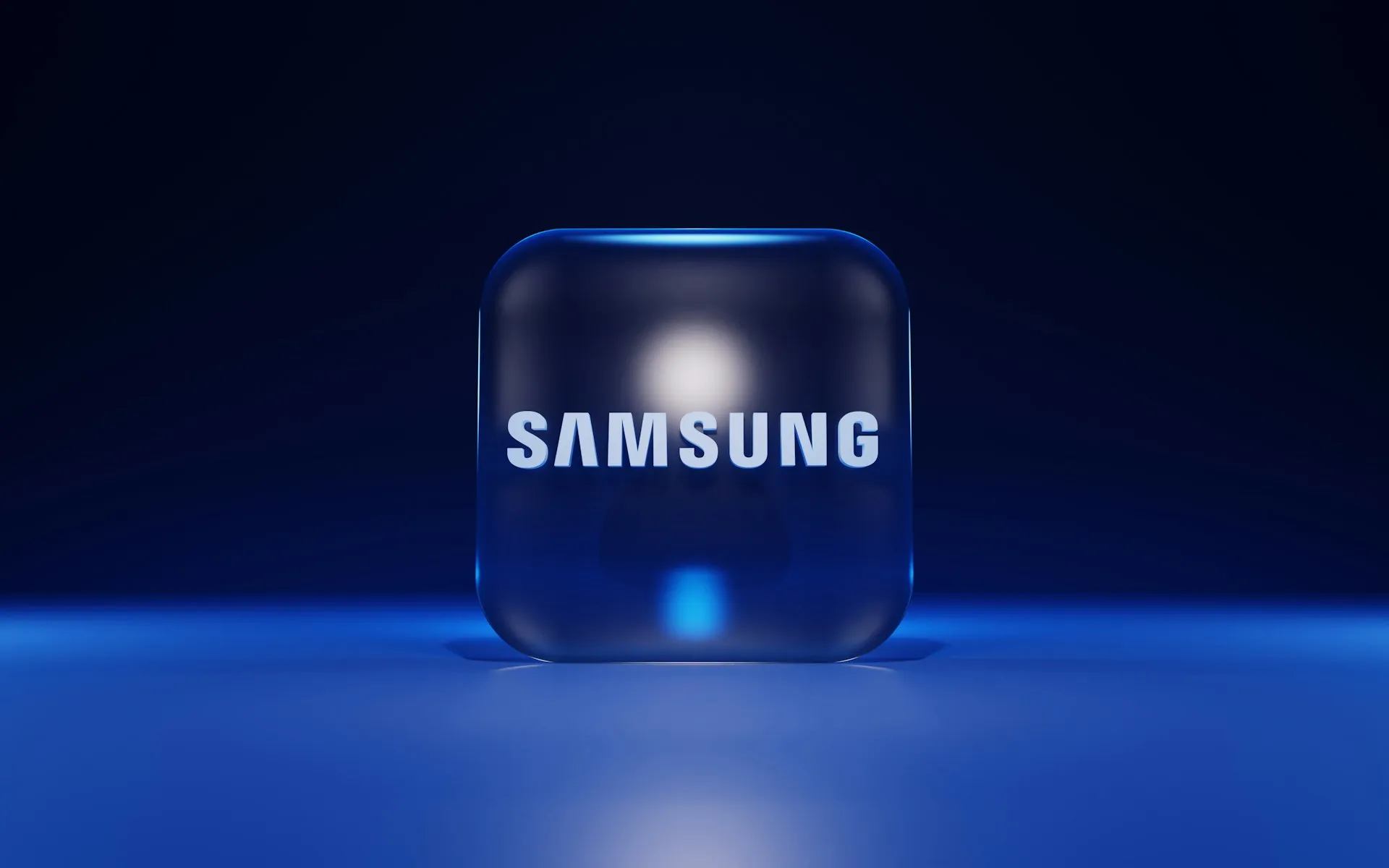
Comments
Be the first, drop a comment!